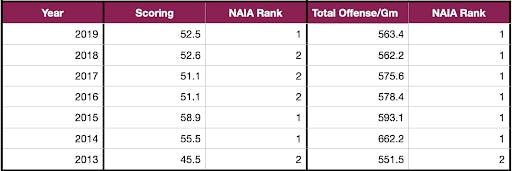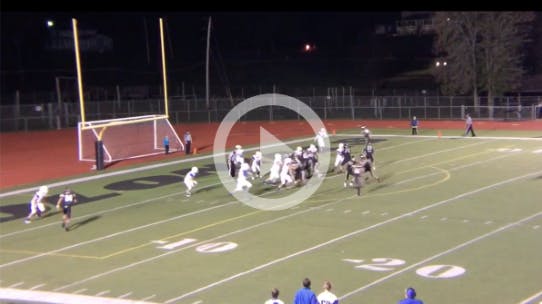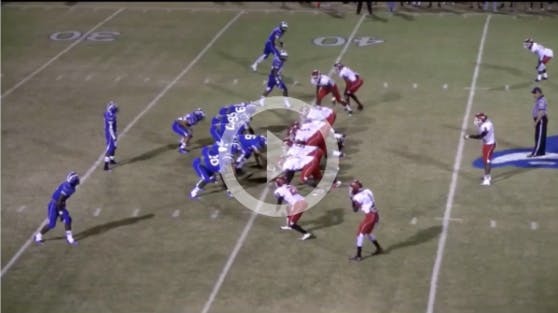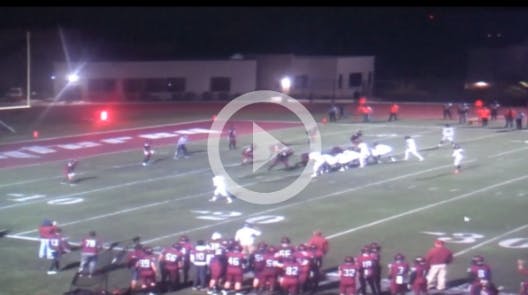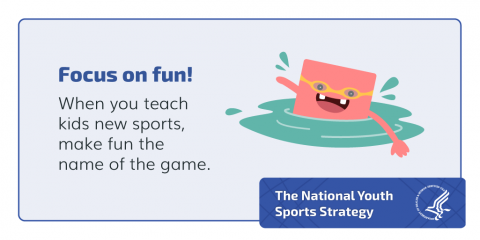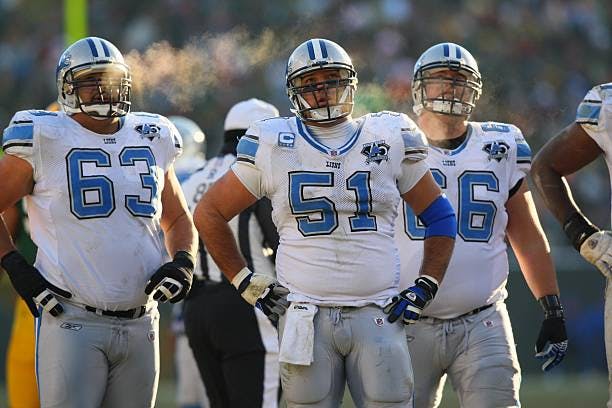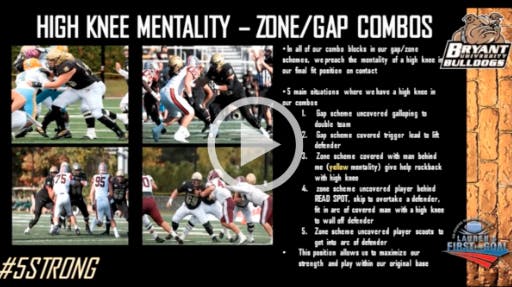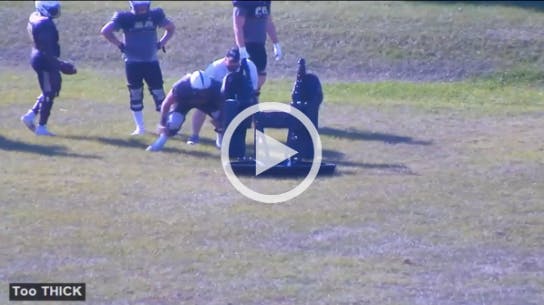In the lecture series "Sprint-Based Football: The Truth Behind the Movement," Coach Brad Dixon delivers a comprehensive guide to redefining football training methodologies. Throughout the course, Coach Dixon emphasizes a paradigm shift from outcome-focused coaching to process-driven excellence. He underscores the unpredictability of sports outcomes and advocates for coaches and players alike to prioritize commitment to their methods rather than fixating on scoreboard results.
Moreover, Coach Dixon integrates innovative approaches such as incorporating book studies and inviting external speakers to enrich team learning and community engagement. These practices not only enhance tactical and technical skills but also nurture leadership qualities among players. The course also highlights unconventional training schedules designed to optimize player performance and well-being, exemplified by strategic rest periods during intense playoff seasons. Book this course....
Brad Dixon is the Head Football Coach, Head Boys Track Coach, Strength & Conditioning Coordinator, and Physical Education teacher at Camp Point Central High School in West Central Illinois. Coach Dixon has been coaching football for the last 21 years, including the last 13 years as Head Football Coach at Camp Point Central. During those 13 years, the Panthers have won 10 conference championships, went to the IHSA playoffs 13 straight years, made a quarterfinal appearance, two semi-final appearances, and two State Championship appearances finishing Runner-Up. Book this course.....






